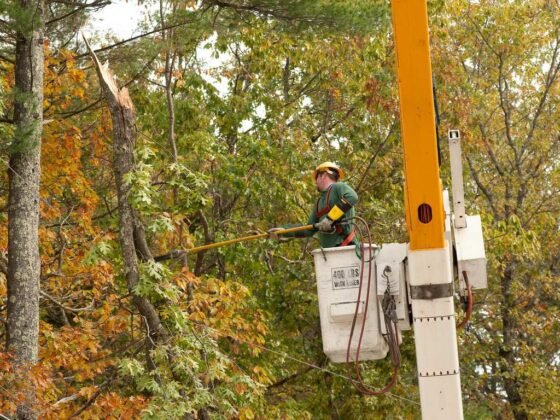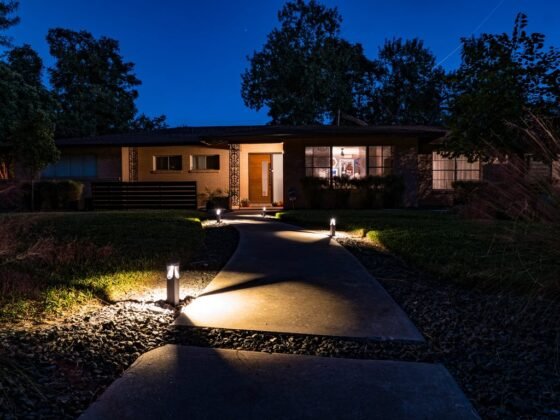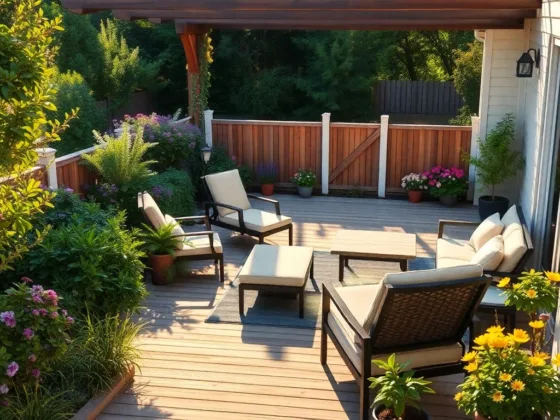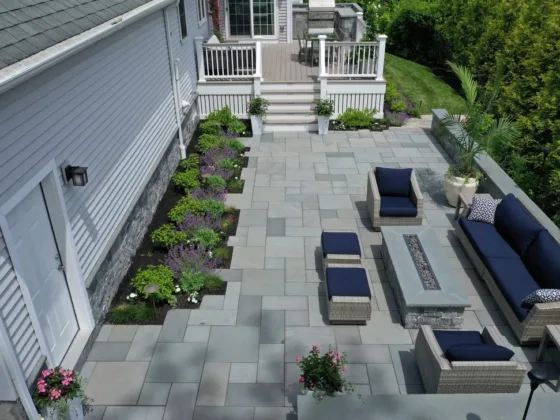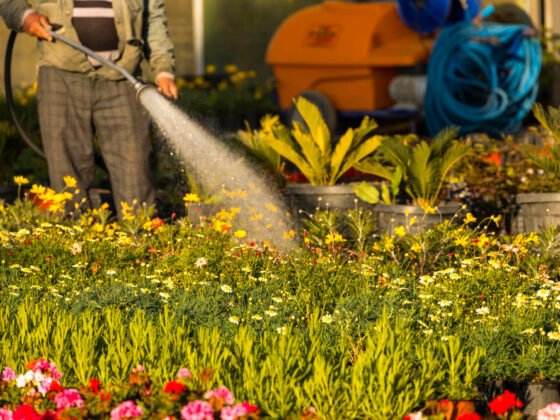Table of Contents Show
It is not uncommon to hear ‘hardscapes’ and ‘softscapes’ in reference to landscaping. Retaining walls are the best form of hardscapes you can add to your yard. Additionally, retaining walls are customizable additions to your landscape.
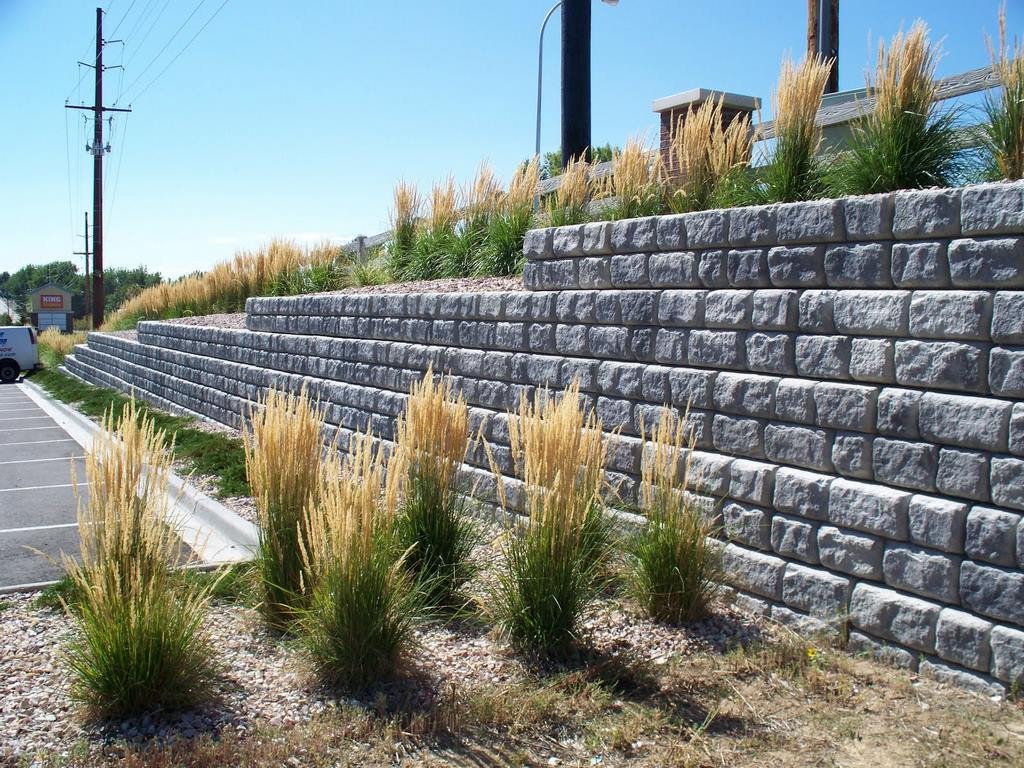
Usually made out of poured concrete, concrete blocks, treated timber, or rocks, they hold the soil behind them. They allow you to add stonework into your yard and drawers while focusing on prime attractions like the flowerbeds or gardens.
More than just a pretty landscaping accessory, retaining walls also serves the purpose of a protective structure.
Retaining walls that are made of durable and quality materials have long term benefits. These are low maintenance, eco-friendly additions to your yard that you should definitely consider.
Types of Retaining Walls
There are four basic types of retaining walls that you can install:
Gravity Walls:
The soil is held by the weight of these walls. They can be made of multiple kinds of materials owing to its most basic structure.
Cantilevered Walls:
Also known as reinforced retaining walls, these walls have steel bars running through the masonry. These walls are favored commercially for their strength.
Sheet Piling Retaining Walls:
They are built when there is an issue of space. A thin sheet of vinyl, steel, or wood is inserted into the soil, often with additional reinforcements.
Anchored Retaining Walls:
These walls allow for a variety of ‘fronts’ to be supported. This is achieved by anchoring the wall into the earth and attaching it with cables.
4 Benefits of Installing a Retaining Wall
Retaining walls built with great design and quality materials enhance the appeal of your landscape. If you are unsure about installing one, you must know these 4 benefits of adding a retaining wall:
1. Managing Water Run-off
Rainwater run-offs cause serious damage to your property upon infiltration. For places that are prone to flooding and heavy rains, retaining walls prevent damage to your lawns and homes. Retaining walls are efficient in controlling the run-off water and divert them to a designated area.
2. Preventing Erosion in the Property
The most notable purpose of retaining walls installation is its ability to hold the soil in place. Over time, the soil shifts across the steep areas, leaving sinkholes in the property.
Extensive erosion also damages the landscaping done in your yard. Erosion can be accelerated due to the usage of fertilizers and flooding, but these retaining structures fight off most of the damage.
3. Increases Property Value
Retaining walls add an edge to your property. It supplements the aesthetics of your yard. They make your property look more open and spacious.
These reinforcement structures also dramatically reduce the maintenance costs of your land. Properties with retaining walls incorporated have a higher standing in terms of real estate.
4. Increases the Aesthetic Value
It goes without saying that retaining walls beautify your landscape. They bring the attention of the viewer to a focal point like the flowerbeds or lighting structures.
Retaining walls with creative stonework or exquisite designs that blend in with your property aesthetics make your yard significantly more appealing. Eye-catching and attractive landscapes are always a plus point.
Quick Tips to Consider
Read Also:
Check with the Authorities:
Communicate with your community and the regional authorities before commencing the work for a retaining wall. Make sure you have the necessary permits before starting.
Allowing Drainage:
Groundwater puts undue pressure on the walls and thus allowing for proper drainage will do wonders for your retaining wall. Failure to do so results in saturation and swelling up of your wall, causing severe damage to the structure.
Single Wall vs Tiered Walls:
Tiered walls add texture and character to your yard compared to single walls. They are also more efficient in retaining the soil and have lower chances of collapse under duress.
DIY vs Professional Walls:
While building a retaining wall can be a fun project, hire professionals if the wall has to be higher than 4ft. If you choose to make a project out of your retaining walls, be sure to use quality checked and durable materials. Research on safety measures and do not compromise on them.
Make sure the drainage and backfills are done properly. Choose your materials and style based on the terrain. Failure to do so will result in a weak wall that becomes a future liability.
Conclusion
Without a doubt, retaining walls compliment your landscape. With all its benefits, retaining walls should be on the top of your list if you are looking to spice up your yard. Check out these prime retaining walls for greater inspiration.
